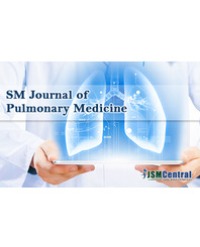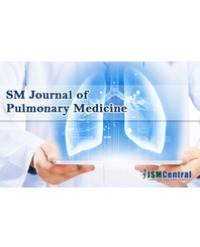
Home-Based System for Recording Pulmonary Function and Disease-Related Symptoms in Patients with Chronic Obstructive Pulmonary Disease, COPD - A Pilot Study
Introduction: Many patients with Chronic Obstructive Pulmonary Disease (COPD) suffer from acute exacerbations characterized by an increase in symptoms beyond normal day-to-day variation. The prognosis of patients with frequent exacerbations is poor and effort to curb these worsening episodes has great potential to improve the patient’s quality of life and to reduce associated costs. Telemonitoring has been proposed as a promising strategy in this respect. However, information on what physical signs or symptoms that should be recorded and how recorded data should be interpreted is largely missing in the literature.
Methods: A new home-based system, based on a tablet computer, which can guide COPD patients to perform spirometry (inspiratory capacity, IC and forced expiratory volume in one and six seconds, FEV1 and FEV6) and record symptoms (COPD assessment test, CAT) was developed. The system was evaluated for 8-12 weeks in four patients with moderate to severe COPD with the aims to; i) assess the feasibility of the system to be used unsupervised by COPD patients and, ii) to evaluate the quality and ability of recorded parameters to reveal early signs of an exacerbation. Pearson bivariate correlation was performed between all outcome measures and descriptive information about inherent subject properties were presented.
Results: The system was well accepted by all study subjects and the study generated a total of 253 measurements of which 94.5% were considered acceptable for analysis. One of the subjects developed an acute exacerbation towards the end of the study, whereas the other three subjects remained stable. Descriptive analysis of the data suggest that trends in the CAT score may indicate changes in health status and that IC tends to be more responsive to these changes compared to FEV1.
Conclusion: The system developed in this study is well suited to be used unsupervised by COPD patients. Recorded data, in particular CAT, may be sensitive enough to detect early signs of an acute COPD exacerbation, although more data is needed to fully resolve the nature of such an association.
Ohberg F¹*, Karin Wadell², Anders Blomberg³, Kenji Claesson⁴, Urban Edstrom⁵, and Asa Holmner⁶


